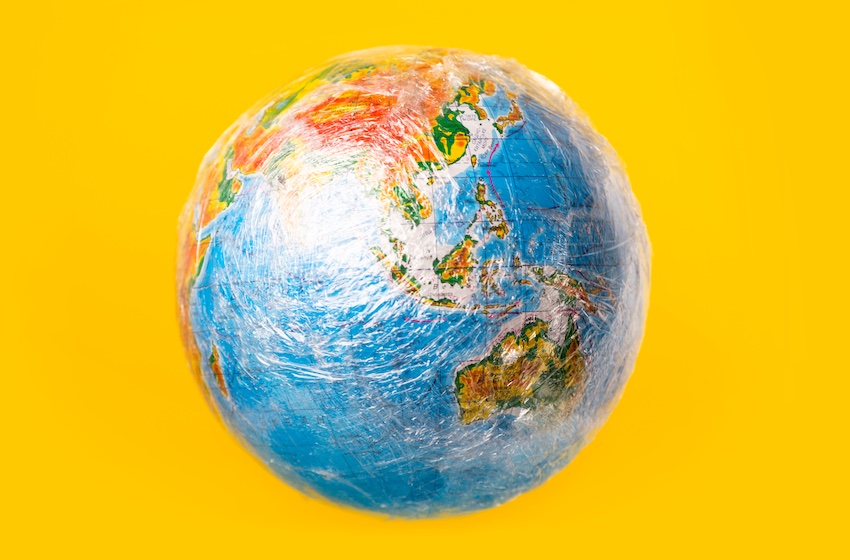China’s Control of Rare Earths Under Scrutiny Amidst Mineral Export Curbs

On Monday, China announced its intention to impose export restrictions on gallium and germanium products, which are crucial components in computer chips and other electronic devices. This move is widely interpreted as a retaliatory measure against the United States’ restrictions on technology sales to China. Concerns have been raised that these export curbs may eventually extend to other materials, particularly rare earths, as China currently dominates their production.
China previously restricted the export of rare earths to Japan in 2010 during a territorial dispute, causing prices to skyrocket and Japan to seek alternative sources. The reason cited by Beijing for the restrictions at that time was environmental concerns.
Rare earths, a group of 17 elements, are utilized in a wide range of applications, from lasers and military equipment to magnets found in electric vehicles, wind turbines, and consumer electronics such as iPhones. China holds significant control over the rare earths supply chain: it accounted for 70% of global mine production in 2022, possesses 85% of the world’s processing capacity, and has seen a decline in rare earth exports.
While the United States heavily relies on rare earth imports from China, there has been a gradual reduction in dependence, with the percentage decreasing from 80% between 2014 and 2017 to 74% between 2018 and 2021.
In terms of reserves, China possesses an estimated 34% of the world’s total rare earth oxide equivalent, with Vietnam, Russia, Brazil, India, Australia, and the United States also holding significant reserves.
China’s actions in 2010 prompted Japan, the European Union, and the United States to challenge the restrictions at the World Trade Organization. This event led to Japan seeking alternative rare earth suppliers and diversifying its sources. Other countries face challenges in ramping up rare earth production due to low concentrations of rare earths in deposits, their complex separation process, and associated environmental concerns.
To reduce reliance on China, Western countries such as Australia, Canada, the European Union, and the United States have implemented policies and support packages to boost domestic production of critical minerals, including rare earths. However, challenges remain, as some countries still rely on China for the final processing of rare earth metals.
In response to illegal mining activities, China has implemented a quota system for rare earth mining. In 2022, China raised its full-year mining quota for rare earths to 210,000 metric tonnes, up 25% from the previous year.
As the rare earth industry struggles to meet demand, companies like Tesla are exploring alternatives and reducing their reliance on rare earths in future models to mitigate environmental and supply risks.




